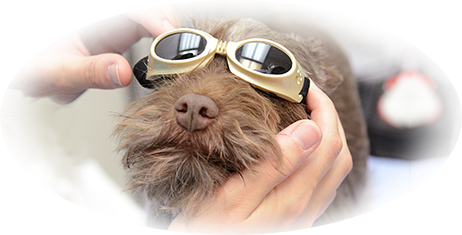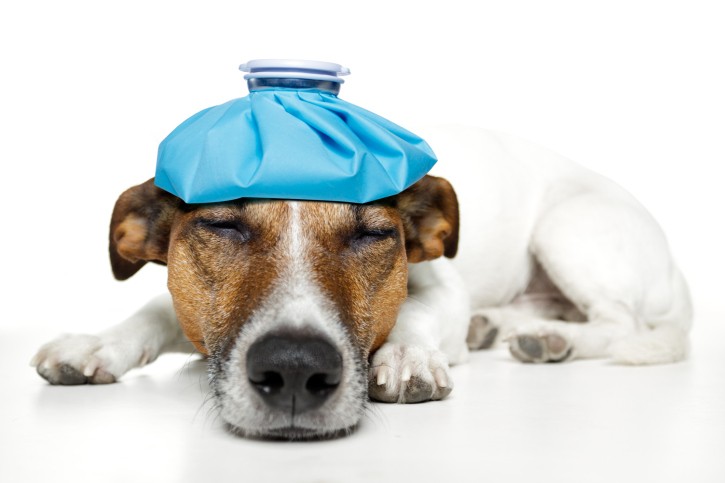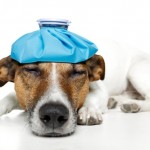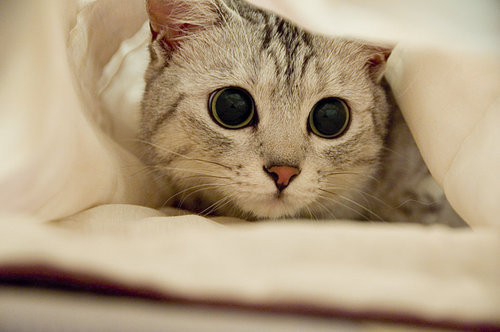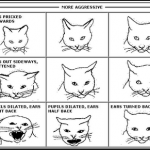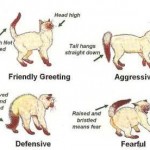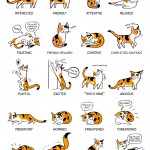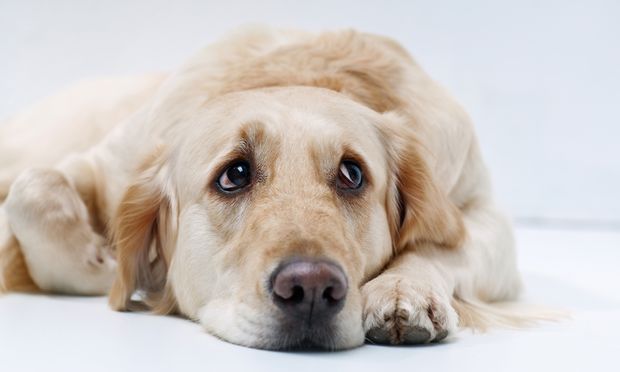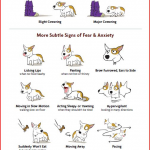A DAY IN THE LIFE OF A ……VETERINARIAN
Written By: Dr Melissa
6:30 am – Time to start my day! I’m scheduled to work a surgery shift today which means I need to be at work for 8am . That gives me an hour and a half to get myself and our three kids ready and out the door. I get my own dog and cat fed and cared for before heading in to the clinic.
8am – I’ve arrived to see what’s in store for the day. We usually have several elective surgeries booked (this means they have been planned for – ie. spay, neuter, dentistry etc.) I will however, be the only veterinarian in the office until noon, so if there are any animals that need to be seen more urgently I will take care of them as well. My routine surgery days are Wednesdays and my team on that day has started calling them ‘Wacky Wednesdays’ as we seem to attract a great variety of ailments!
My first patient to assess is Tucker. He is a young dog with a history of eating facecloths and socks, was hospitalized overnight and needs repeat radiographs to assess for a possible foreign body. He is not really interested in his breakfast and seems nauseated.
Next is Gooch, an Australian Shepherd that had routine surgery last week and wasn’t feeling well yesterday. He has been vomiting and passing bloody diarrhea. Radiographs showed a gas pattern in his intestines that was concerning for a foreign body. This is not always clear cut as many foreign bodies are not easy to see on a radiograph. We treated his symptoms with medication overnight and he is back this morning to repeat the pictures. Luckily he is feeling much better and the radiographs have shown a big improvement. He goes on his way with his relieved Mom.
Hank, a large German Shepherd that was neutered last week arrives to recheck his incision. He has significant swelling at the surgery site. He is very active and therefore very hard to keep quiet at home. He is really uncomfortable and doesn’t even really want me to look at it! With his Mom’s reassurance I’m able to assess things well enough that I decide to start him on antibiotics and extra pain medication. I talk with the owner about the possibility of him needing more surgery to investigate the problem a bit further.
Meanwhile, Tucker’s radiographs have been done and they look very suspicious for a foreign body. This along with his history of eating things he shouldn’t makes me recommend exploratory surgery. I’m worried that his bowel is obstructed. His owner gives us the go-ahead so we get him sedated and prepped for surgery. After his sedative he vomits a couple of liters of foul fluid…nothing glamourous about this job! Although I don’t mind cleaning up body fluids, I work with an amazing team that jumps right in and gets it done :0). We all have our thing that we really don’t like (mine is phlegm), and usually someone will offer to take over!
Next we see Lilli, a young shih tzu who is here for bloodwork to check her liver function. She had routine pre-surgical bloodwork last week prior to her spay and we found some abnormalities. Her surgery was postponed until we can look into the cause for those a bit further. She’s been fasted overnight. She is really wiggly, but with some head pats and excited chatter to distract her, we collect blood and feed her some breakfast. She’ll need a second blood collection in 2 hours.
By 10am, Tucker is ready for surgery. Although we have a few other pets that were booked for procedures today, Tucker gets pushed to first in line since he is sick. I find a sock obstructing his small intestine. Some of the bowel tissue has poor blood supply and is starting to die. I have to remove ~30cm of bowel and attach the two ends. (we call this a resection and anastomosis) This makes the surgery higher risk. There is more chance of infection and incision breakdown. Thankfully Tucker is young and otherwise healthy so this improves his chances of recovering well. These cases are the ones I think about before I go to sleep and first thing when I wake up.
As Tucker recovers from anesthesia, Valor, a young German Shepherd, is ready to be neutered. He’s a beautiful boy and very well mannered. Everything goes routinely.
Over lunch I take some time to call Tucker’s owner to update them on his surgery. I update Valor’s Mom as well. Lilli gets to go home. After checking through my phone messages and returning a few calls to clients I grab a quick bite to eat.
It’s now early afternoon and Boomer, a 7 year old hound that was adopted by his current owner this year is getting prepped for his neuter and dental surgery. On his pre-surgical exam I noticed he had quite a lot of dental tartar and several teeth that looked diseased. Our plan today after he is neutered is to scale and polish his teeth, and take dental radiographs to assess the roots of his teeth for disease that we can’t see above the gumline. His teeth clean up very nicely, and on radiographs I see 5 teeth that need to be extracted. There is bone loss around the roots and they are losing their attachment to the gums. This make it easier for bacteria to invade and infect the roots. I extract the teeth and place sutures that will dissolve over the next two weeks.
Tucker is recovering well… he even eats some gastro canned food for me! (this is a special diet that is bland and used for pets with an upset belly). His parents come for a visit – he definitely perks up when he sees them. We are cautiously optimistic that his recovery continues to go well.
As the shift comes to an end, I write up all the medical files from today, finish updating the owners of surgery patients and return more phone calls that have come up. I update the evening veterinarian on my patients that will stay in-hospital overnight.
I head out to pick up my kids and get them home for the evening.
At midnight I head back in to the clinic to check on Tucker. Thankfully he is feeling very well, getting more energetic and has a great appetite!
My days can be busy and varied, and I consider myself lucky to be working in a field where I learn something new every day. There are many days that we deal with very difficult, emotional situations, but seeing patients head home feeling well is so rewarding it makes up for it.

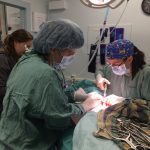
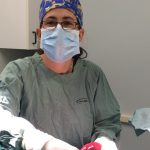
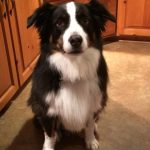
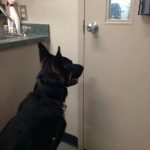
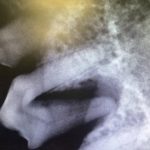
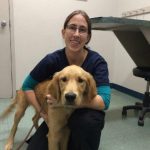

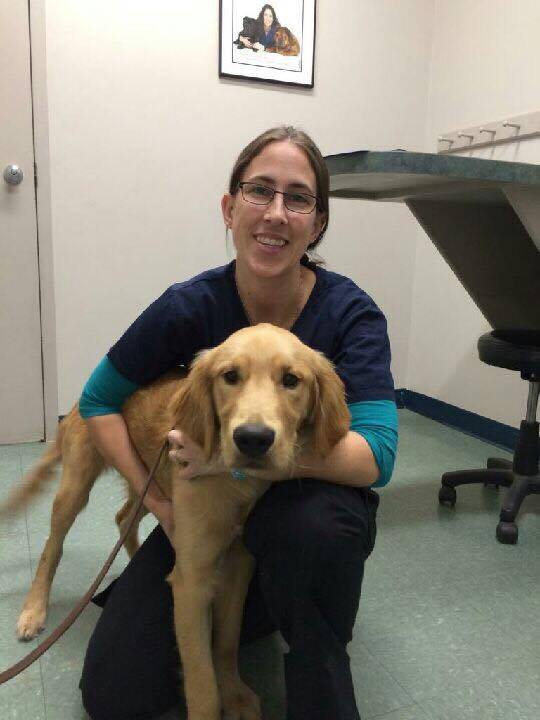
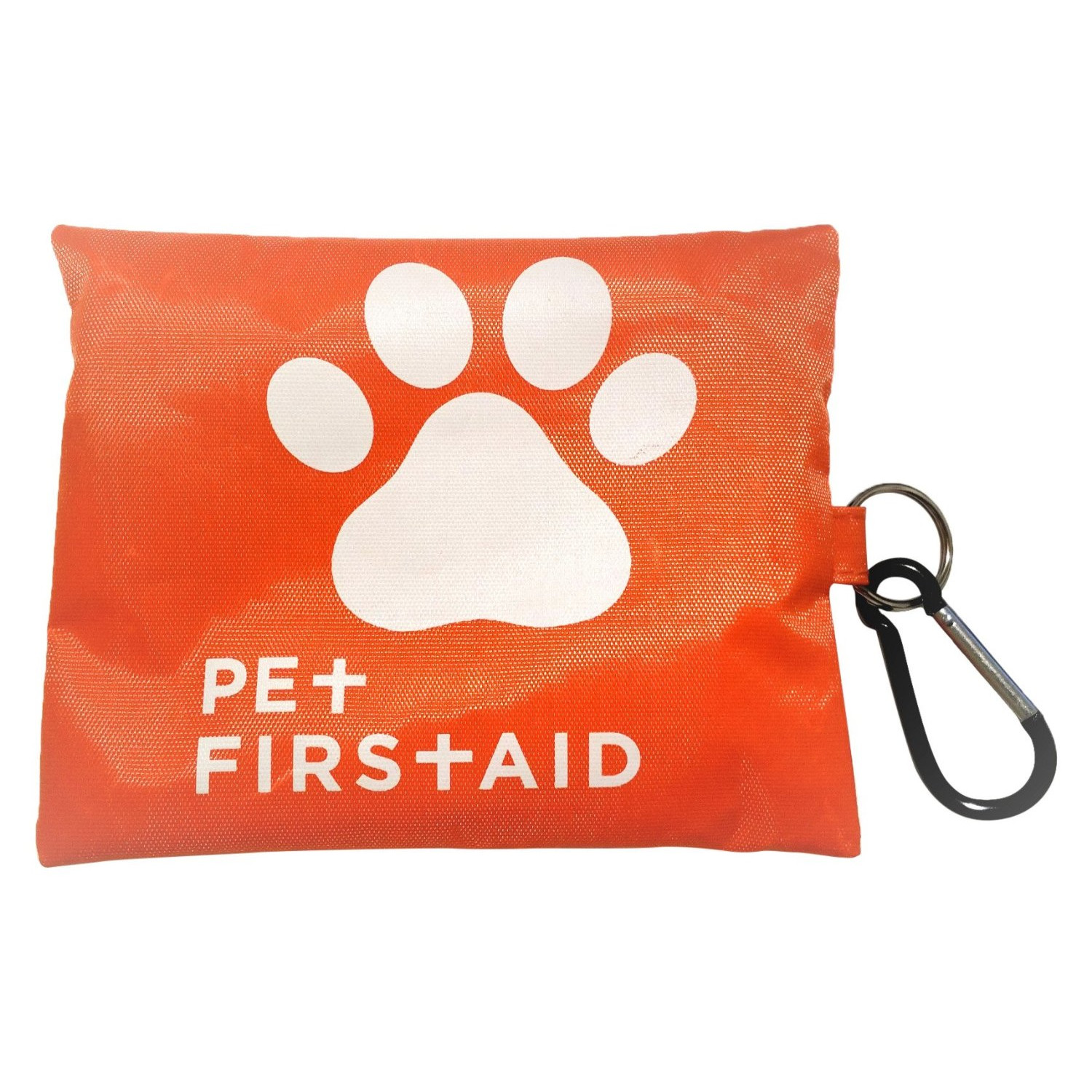
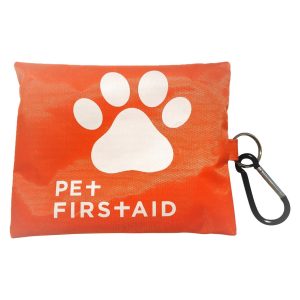 By: Dr Jessica Rock.
By: Dr Jessica Rock.